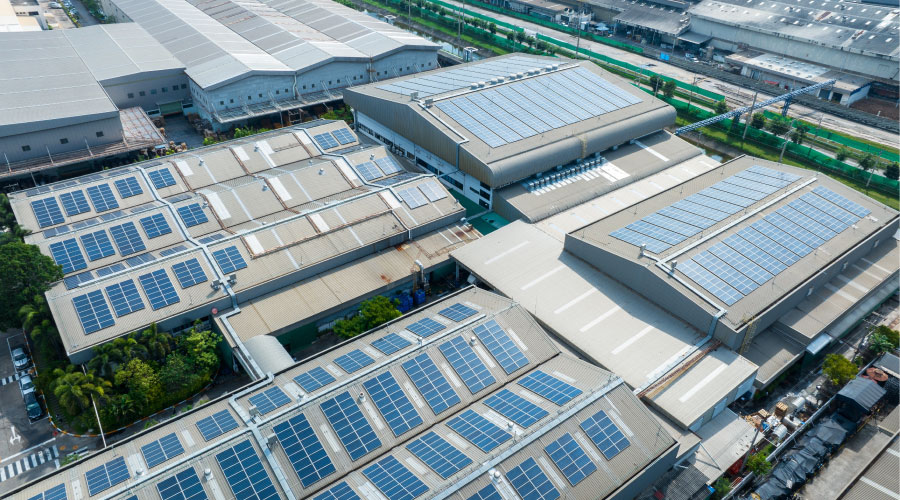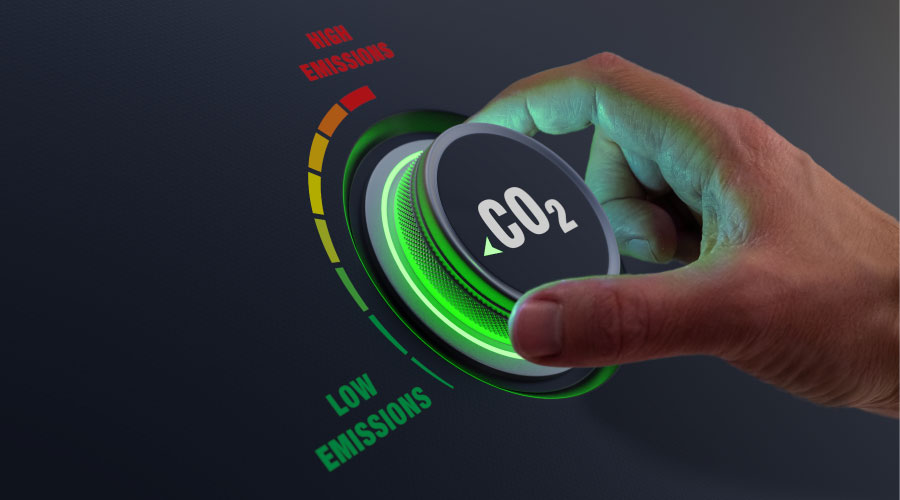Maximizing Boiler Performance
A comprehensive maintenance and inspection program can prevent failures and boost efficiency
Efficient and safe boiler operation has long been a concern of maintenance and engineering managers. Boilers are large energy-using systems — typically second only to air conditioning systems in annual energy use. Inefficient boiler operation means wasted energy and increased operating costs. Even a 5 percent decrease in operating efficiency, applied over the course of a heating season, can affect operating costs significantly.
Unlike operating efficiency, boiler safety concerns are not so easily translated into savings. But a lack of boiler safety will have a very dramatic impact on costs. A boiler failure interrupts service to a facility, typically for an extended period of time.
And if a boiler fails during the peak of heating season, the cost of repairing damage to a facility, its systems and its contents often exceeds the cost of repairing or replacing a boiler. The tragedy is that a comprehensive boiler maintenance program would have cost far less to perform in the first place.
Even worse, boiler failures can be deadly. Although safety is a primary consideration in boiler design and operation, accidents can and do happen.
Planning can help avert most boiler failures. Fully two-thirds of all boiler failures — and most unscheduled shutdowns of boilers — result from poor operating and maintenance practices, according to estimates.
Suspects and solutions
With the costs and risks so high, why does safe and efficient boiler operation continue to pose problems for facilities? Two factors are at work.
First, advances in boiler designs and control systems have made their operation more automatic and reliable. As a result, less attention has been paid to boilers.
Second, boilers tend to be easy to ignore because they are out of both sight and mind. Combining these two factors, it is easy to understand why boilers are often overlooked.
Boilers come equipped with a number of safety devices that are critical to the safe operation of the boiler. While these devices are reliable, they require regular maintenance and testing to ensure that they perform as intended when they are needed.
One common problem is that safety devices are inoperative or that operators have bypassed them deliberately. But under no conditions should the operate boilers with defective or bypassed safety devices. In many cases, the safety device is the last line of defense against boiler failure.
When the safety device shuts down a boiler, operators and managers must investigate the conditions that led to the shutdown and correct them before returning the boiler to service, even when there is no immediately obvious cause. Simply disconnecting or bypassing the safety invites disaster.
Implementing the Program
The first step in any boiler safety program is to conduct an inventory of all boilers in the facility. While a smaller facility might only have one or two boilers that are easy to identify and find, larger facilities, particularly those with multiple buildings, have many boilers, and it is easy to overlook a unit in an obscure location. Murphy’s Law dictates that this overlooked boiler will cause the most serious problems.
The inventory should identify each boiler’s location, capacity, operating pressure, type of fuel used, manufacturer and year of installation. The inventory should identify the loads served by the boiler and whether those loads are seasonal or year-round, and managers must ensure it is updated to reflect changes, such as modifications to the boiler.
Managers also should establish an operating log for each boiler. The purpose of the operating log is to track boiler operation and performance in enough detail to allow engineers and operators to identify deviations in boiler performance, as well as to diagnose their causes. Typical data recorded in the operating log include information on operating conditions within the boiler, the feedwater system, the condensate-return system, the combustion-air system, the fuel supply, and the boiler exhaust.
To be effective, log entries must be complete and must be made regularly. For large boilers — those with capacities of 50,000 pounds per hour or greater — operators should make entries hourly; smaller boilers might require only daily entries.
Making the data entries into the log is only one step. To make effective use of this information, operators must review the data regularly, looking for trends and abnormal operating parameters. In most applications, a monthly review of the data will help to identify developing problems. Larger boilers require weekly reviews.
Besides recording data on boiler operation, all boilers must undergo a maintenance program that includes regular inspections and testing. The program also must include various activities that are performed daily, weekly, monthly or annually. How frequently each activity must be performed depends on the size of the boiler, its operating pressure and the nature of the load it supports. The boiler manufacturer can provide details on recommended inspections and tests to be performed, as well as on their recommended interval.
Finally, one of the most important elements in safe boiler operation is a comprehensive water-treatment program. All water entering a boiler system contains impurities, including dissolved oxygen, sulfates, iron, and a host of other elements. The boiler and steam system also generates additional impurities.
Over time, the level of these impurities builds, and they form scale on boiler surfaces. This scale decreases the efficiency of the boiler and can result in the formation of hot spots within the boiler — a primary contributor to the failure of boiler tubes. A water-treatment program can control the level of impurities within a boiler system, promoting safer boiler operation, as well as longer equipment life.
The keys to boiler safety
To keep boiler safety devices operating properly, maintenance and engineering managers must implement a regularly scheduled inspection and testing program that encompasses the most common safety devices and technology found in boilers:
Safety-relief valve. The safety-relief valve is any boiler’s single most important safety device. It is designed to protect the boiler from overpressure that could lead to an explosion. The valve must be properly sized and matched to the boiler’s pressure rating. Even though the boiler might have been operating for years, it is important to check the valve rating because at some point, the valve might have been improperly replaced.
The valve also must be inspected and tested regularly. Mud, scale and other contaminants from boiler water can accumulate in the valve and its discharge line, hampering proper operation. Operators should test safety-relief valves by lifting the test lever while the boiler is operating at normal pressure. They should perform the test every time the boiler is started, after maintenance has been performed on the boiler, and at the testing interval recommended by the boiler manufacturer.
Low-water cut-off controls. In the event of the loss of sufficient water flow to the boiler, low-water cut-off controls are designed to shut off the burner and prevent possible warping or rupture damage to the boiler. Like safety-relief valves, low-water controls are subject to damage from mud, scale and other debris in the boiler. Electrical failures in the controls can initiate false low-water alarms or fail to shut down the burner. At least daily, operators should check the boiler’s water level to confirm proper operation. To prevent the buildup of mud and scale, the boiler must be blown down regularly.
Flame-safeguard controls. Flame-safeguard controls are designed to ensure safe starting, operation and shutdown of the boiler. When a boiler is started, the controls initiate a purge cycle to remove combustible gases and reduce the chances of explosion. The controls make certain no safety interlock on the boiler is open and monitor the boiler’s ignition system for proper operation. Once the boiler starts, controls monitor burner operation. Upon shutdown, a second purge cycle is run, also to eliminate combustible gases. Operators should inspect all flame safeguard controls weekly. They must confirm that purge cycles are run properly and that the fuel shut off is complete and without leaks.
Indicator lights and alarms. One of the easiest — yet most often overlooked — tasks in any boiler safety program is confirming that indicator lights and alarms operate properly. It is not uncommon to find that indicator lights have burned out or that alarms have been disconnected. Most indicator lights and alarms are equipped with a test circuit. At least once each week, operators should test all indicator lights and alarms for proper functioning.
|
Related Topics:











